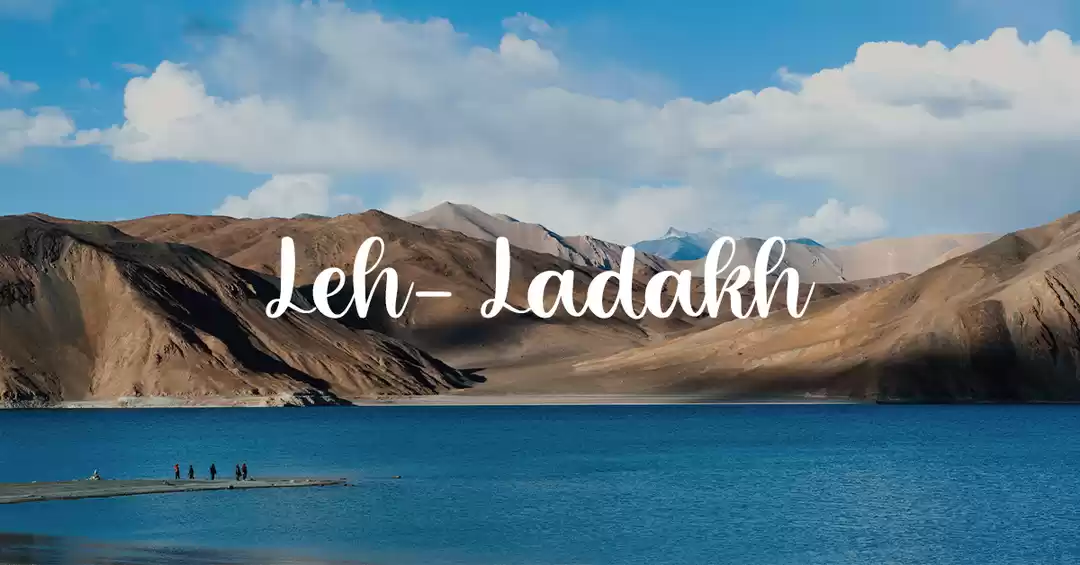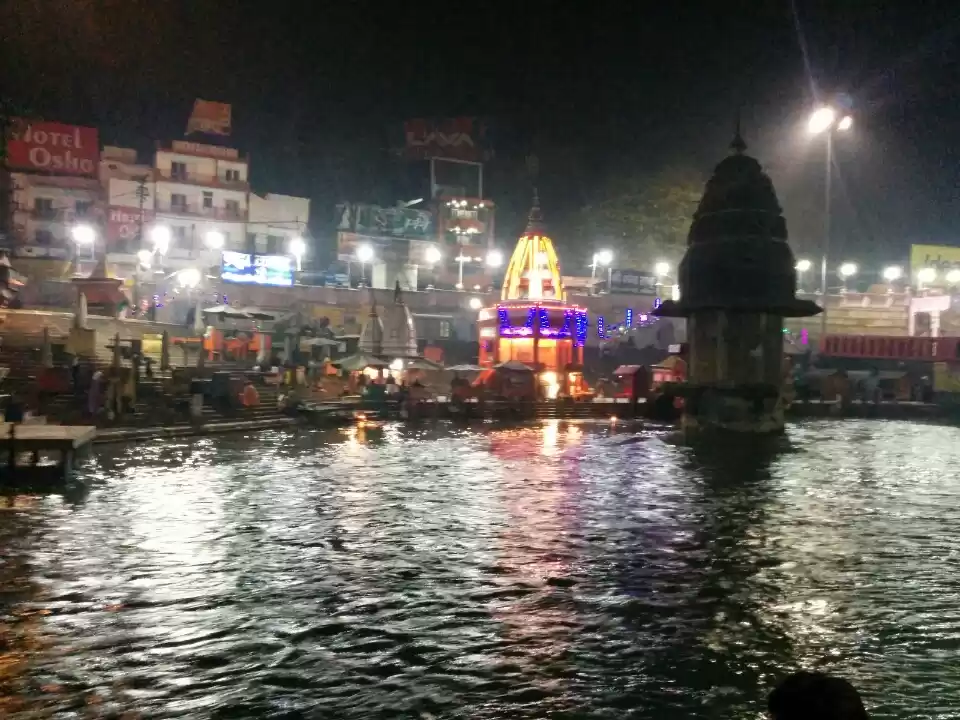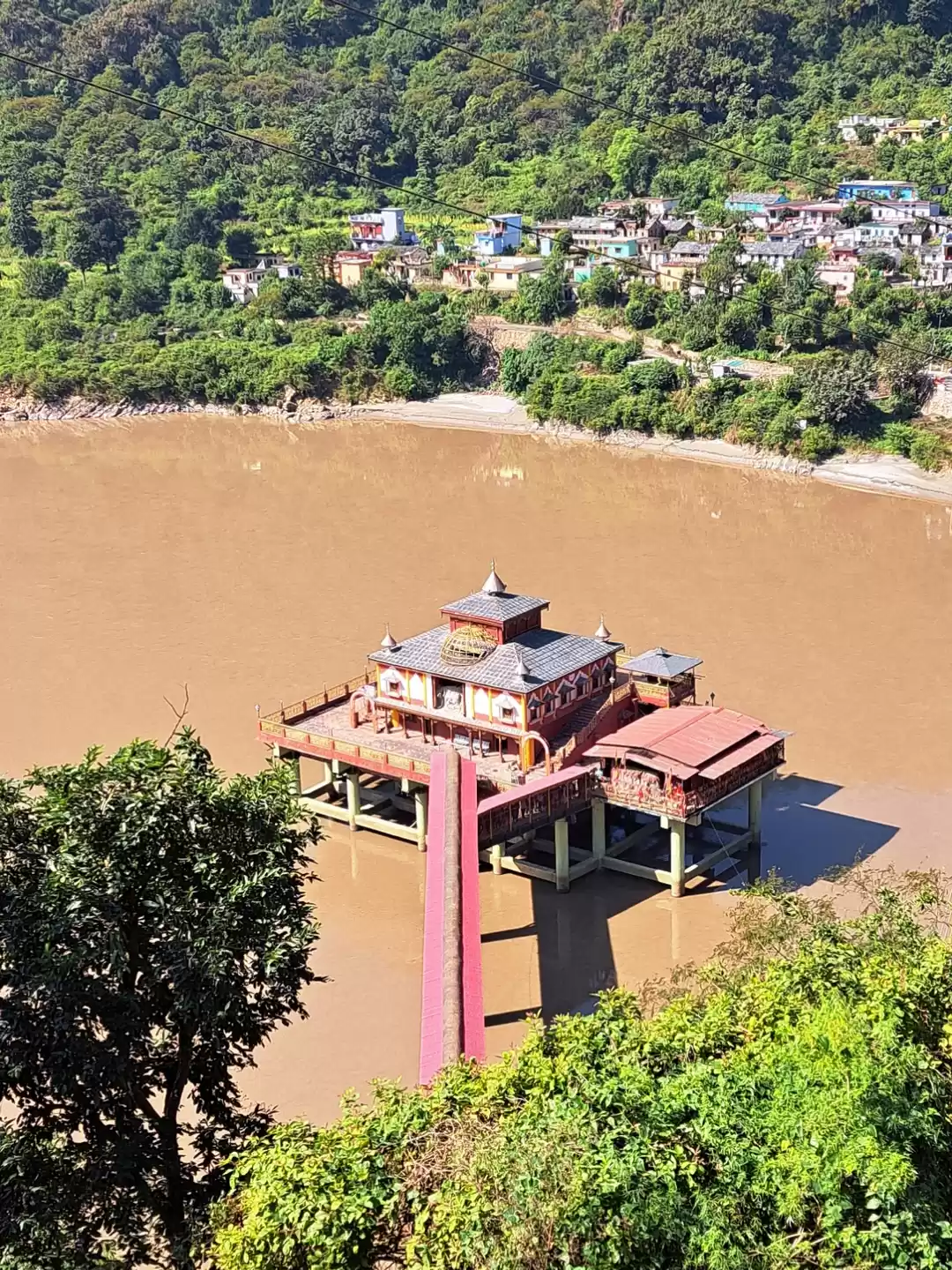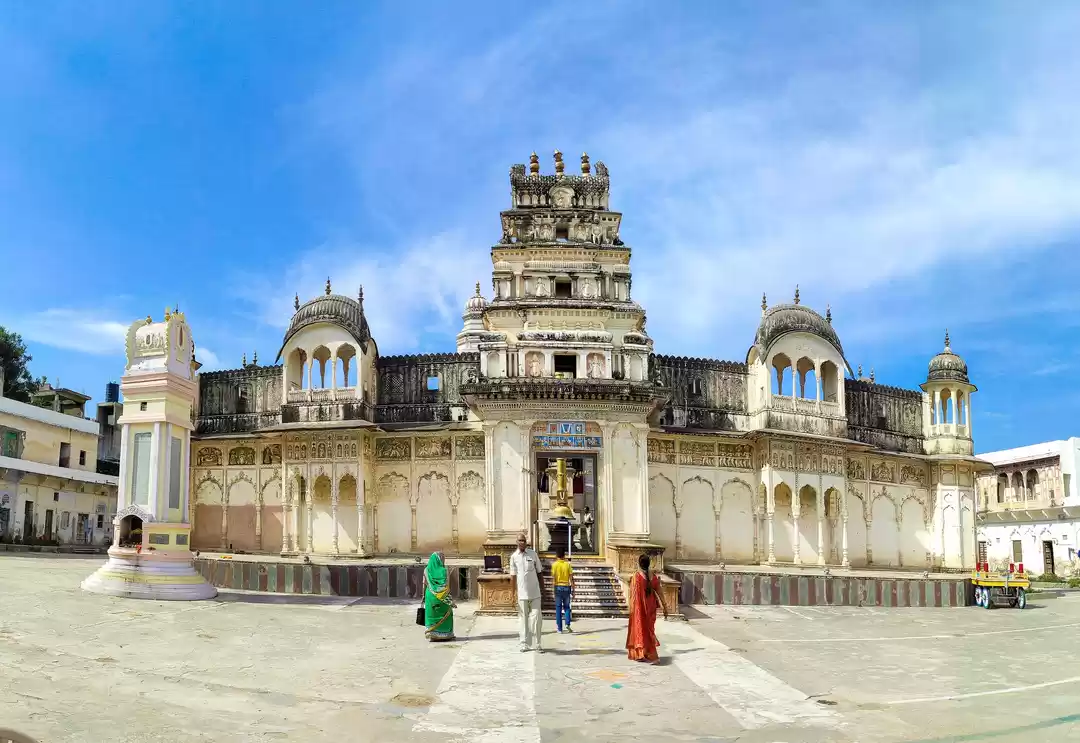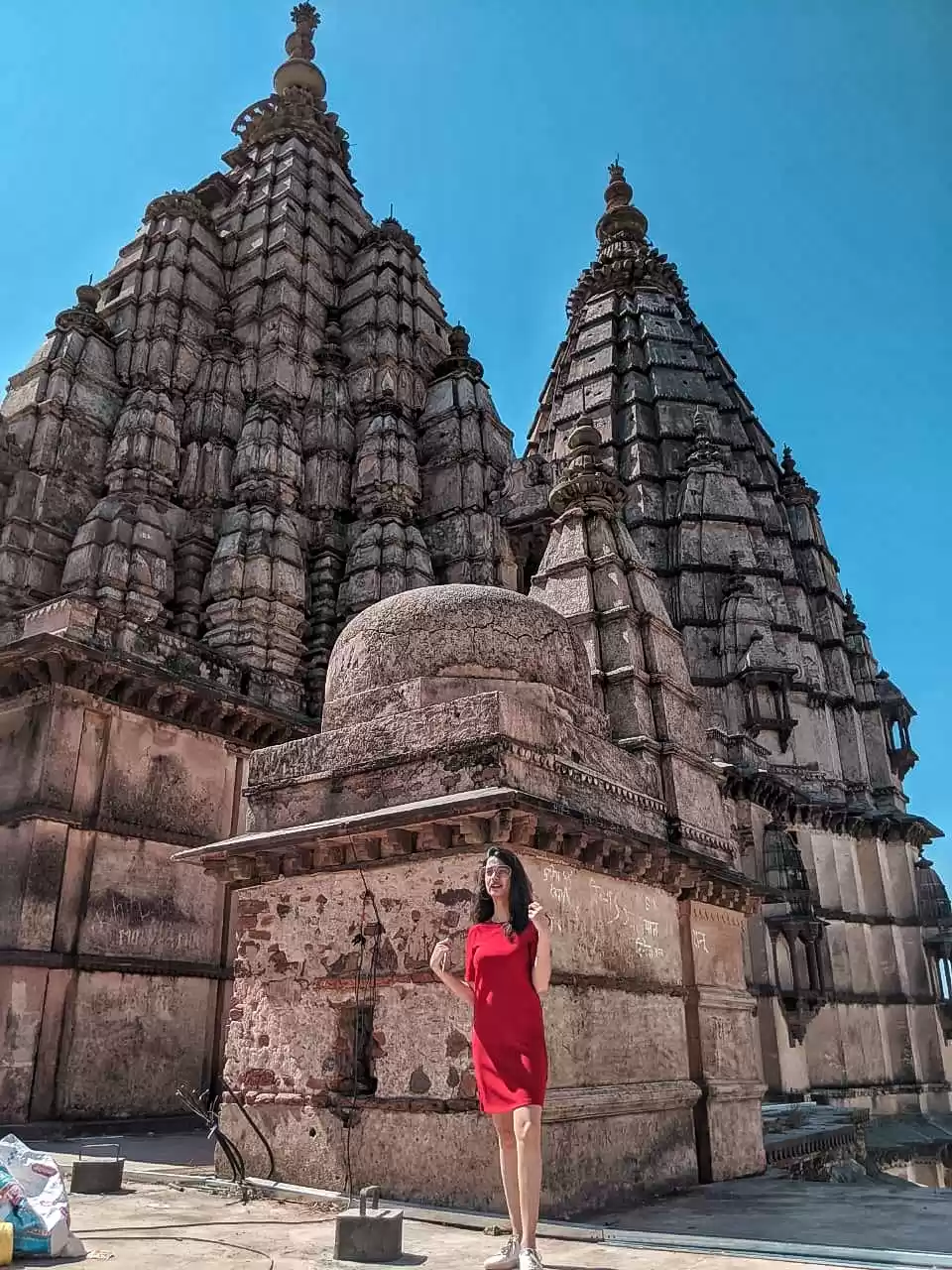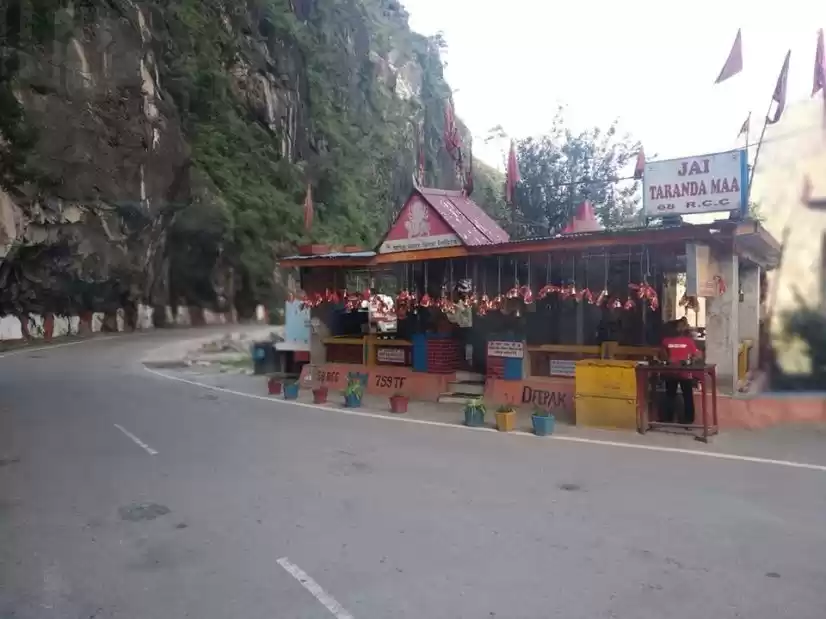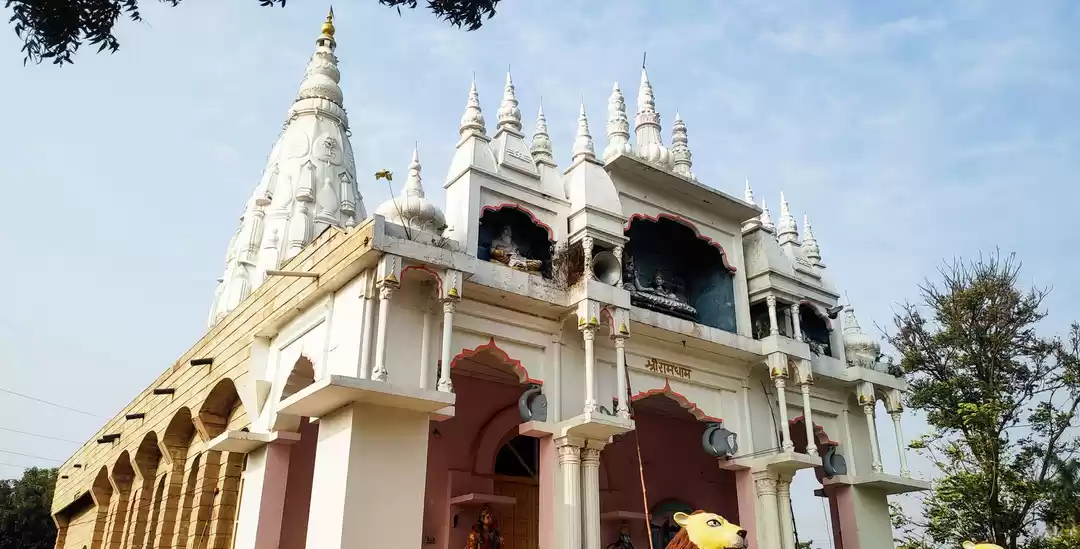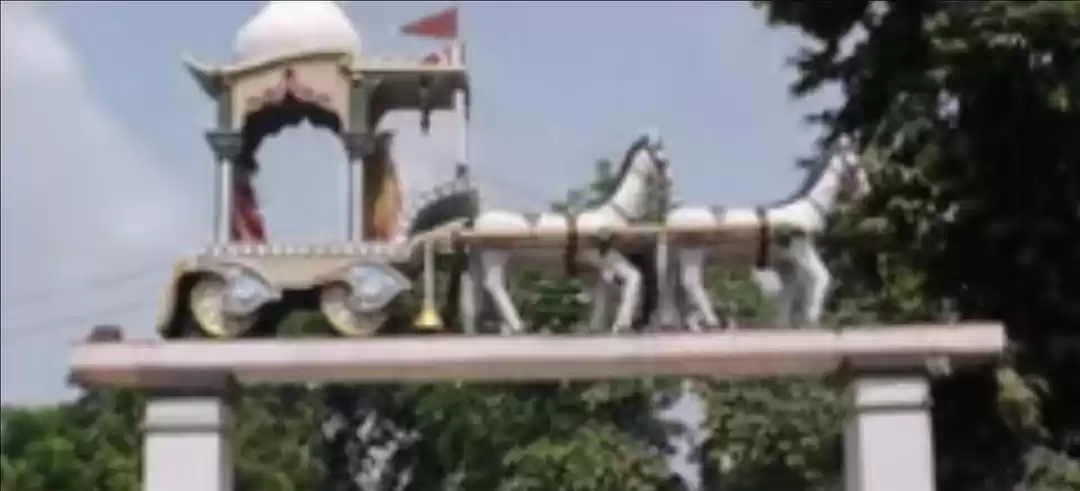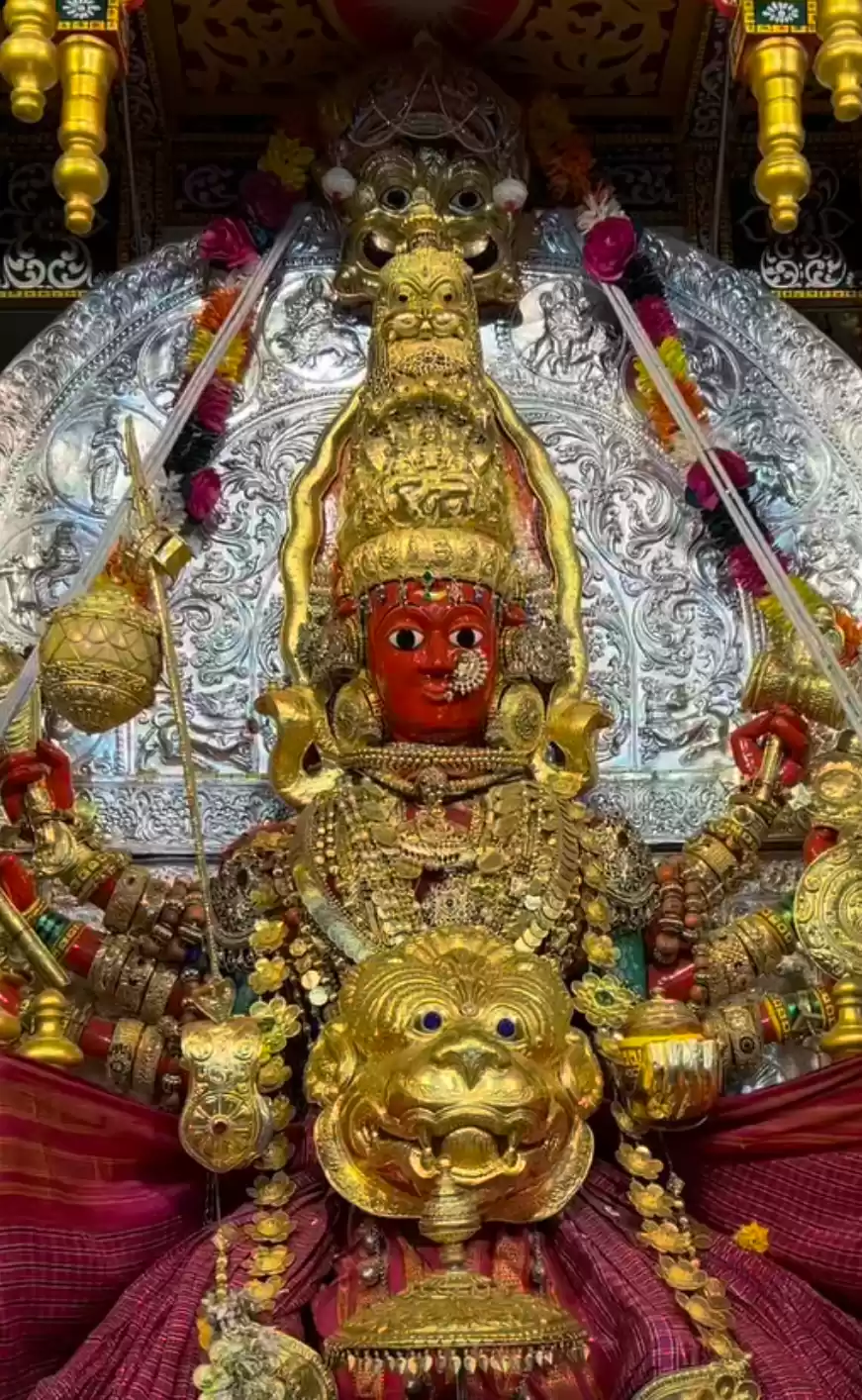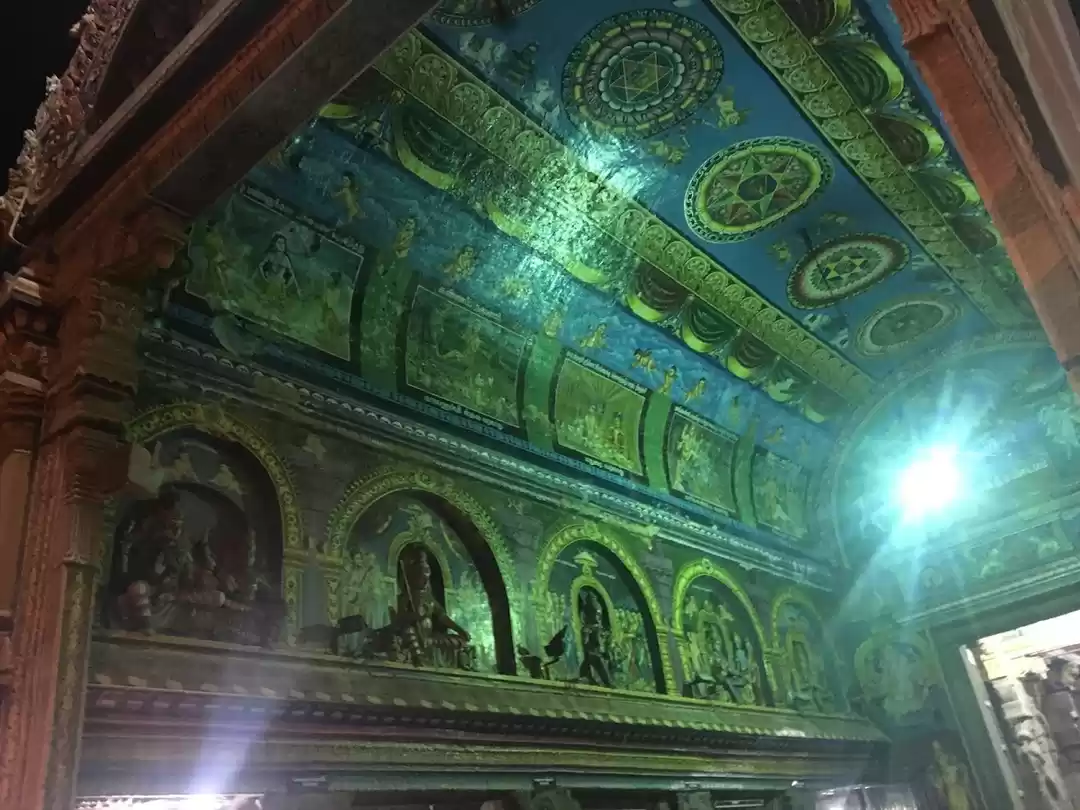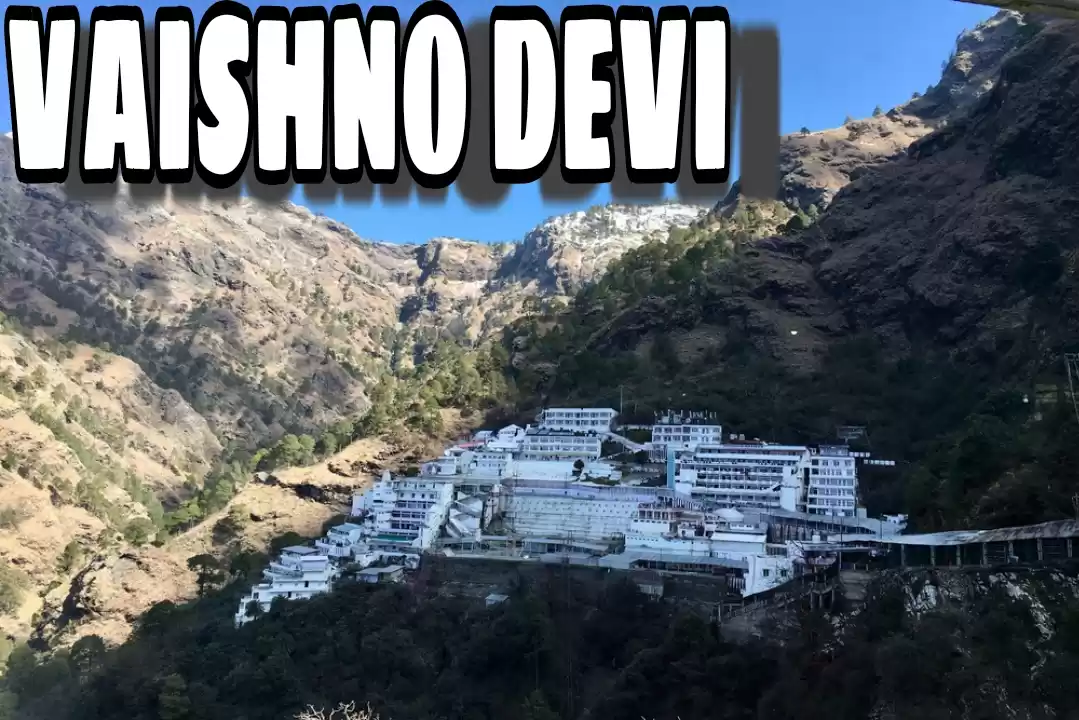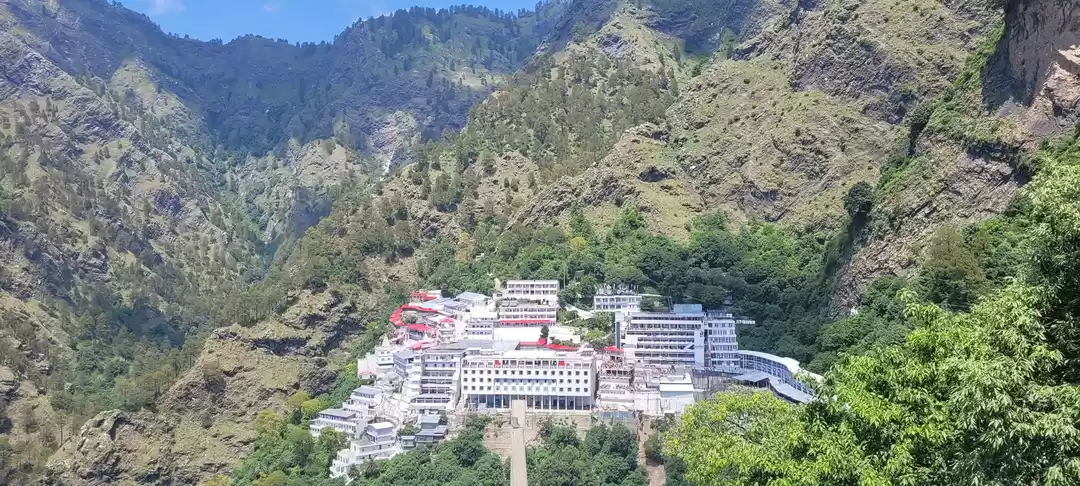

One of the seven ancient goddesses' temples in Kangra Valley, Jayanti Devi Mandir is an amazing place. According to the locals, the actual temple was built by Pandavas in Himachal Pradesh. The present temple was built later on by the King of Hathnaur on a hillock.
Old tradition story
The temple was built here around 500 years ago during the reign of Babur. The present-day Mullahpur was located next to village Majri, and the Jayanti river used to flow right next to it. Adjacent to the Jayanti river there used to be a kingdom named Hathnaur, which is on the North of present-day Chandigarh. Hathnaur’s king had 22 sons, and one of them was about to get married to a girl from the Kangra village. The girl was a huge devotee of Mata Jayanti Devi, and she used to worship her first thing in the morning, and only then, go on with her day. Once the marriage was fixed she became anxious that she is being separated from her goddess and started praying to her. Mata Jayanti Devi couldn’t help but be touched by her pure heart, and she appeared in her dreams where she promised that she will always be with her, and she will also accompany her after her wedding.
When it was time for departure, the Doli became extremely heavy. The traditional Kahars (people who used to carry Dolis) were not able to move it, and even the king’s soldiers tried but the Doli won’t budge. At this point, the bride revealed that Mata Jayanti Devi had appeared in her dream and promised her to be with her. The king bowed to the desire of the goddess, and arranged a second Doli, where Jayanti Devi’s idol was placed and carried to Hathnaur. A pujari and even the family followed them. In Hathnaur, a temple was built where the idol was placed, and the girl continued her praying. Their lineage kept on praying to the Devi for 200 years.
After Story
Apart from the bride, a bandi named Gareebdas, who used to live in the forests of Mani Majra also used to pray to Jayanti Devi. Upon the death of the bride, Gareebdas attacked Hathnaur and overtook the region. He then took the Devi’s idol and placed it on a hilltop in a temple, which was at the height of about 1.5 kilometers from the original temple. Gareebdas ruled over a kingdom which spanned over 50 kilometers. He also built two forts for himself, one in Mullahpur and one in ManiMajra.
Way To Go There
In the past, one would need to traverse a treacherous steep path that was filled with loose gravel; however, as the time progressed a paved path was built. Additionally, facilities for devotees are also continuously advancing. In order to get to the temple in Old Kangra, you’d need to travel to the footsteps of the temple by road, and then, there is about 4 kilometes of trail to reach the temple.
Area around
Beneath the hilltop temple of Mata Jayanti Devi near Old Kangara, there is confluence of three rivers; Manjhi, Manuni, and Baner. The villagers of Jayanti Majri only build single story house as a gesture of reverence to Mata Jayanti Devi. There is also an ancient well at the base of the temple that provides sweet water all year long.
Religious Importance
Mentions of Jayanti Devi can also be found in the Markandeya Purana temple, in which Jayanti Devi is called destroyer of sin. Mata Jayanti Devi is also a symbol of devotion and faith of Gorkha group.
Uniqueness
Sour foods are particularly popular here during the annual fair that is organized at Mata Jayanti Devi temple. During Panchbheesh Fair, foods made with hill lemons are fed to devotees. Interestingly, Mata Jayanti Devi is the only temple in India where sour foods are served.













